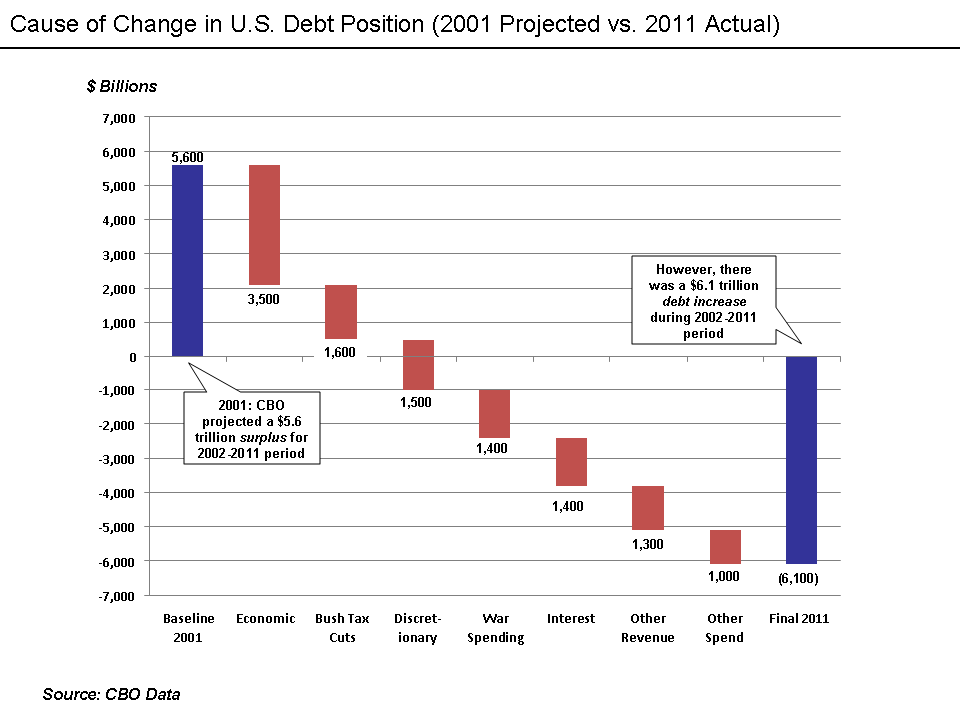Third World Debt by Kenneth Rogoff The Concise Encyclopedia of Economics
Post on: 16 Март, 2015 No Comment

[Editor’s note: this article was written in 1991.]
By the end of 1990 the world’s poor and developing countries owed more than $1.3 trillion to industrialized countries. Among the largest problem debtors were Brazil ($116 billion), Mexico ($97 billion), and Argentina ($61 billion). Of the total developing-country debt, roughly half is owed to private creditors, mainly commercial banks.
The rest consists of obligations to international lending organizations such as the International Monetary Fund (IMF) and the World Bank, and to governments and government agenciesexport-import banks, for example. Of the private bank debt, the bulk has been incurred by middle-income countries, especially in Latin America. The world’s poorest countries, mostly in Africa and South Asia, were never able to borrow substantial sums from the private sector and most of their debts are to the IMF, World Bank, and other governments.
Third World debt grew dramatically during the seventies, when bankers were eager to lend money to developing countries. Although many Third World governments defaulted on their debts during the thirties, bankers had put that episode out of their minds by the seventies. The mood of the time is perhaps best captured in the famous proclamation by the Citibank chairman at the time, Walter Wriston, that lending to governments is safe banking because sovereign nations do not default on their debts.

The loan pyramid came crashing down in August 1982, when the Mexican government suddenly found itself unable to roll over its private debts (that is, borrow new funds to replace loans that were due) and was unprepared to quickly shift gears from being a net borrower to a net repayer. Soon after, a slew of other sovereign debtors sought rescheduling agreements, and the debt crisis was officially under way. Though experts do not really understand why the crisis started precisely when it did, its basic causes are clear. The sharp rise in world interest rates in the early eighties greatly increased the interest burden on debtor countries because most of their borrowings were indexed to short-term interest rates. At the same time, export receipts of developing countries suffered as commodity prices began to fall, reversing their rise of the seventies. More generally, sluggish growth in the industrialized countries made debt servicing much more difficult.
Of course, the debtors were not simply hapless victims of external market forces. The governments of many of the seventeen nations referred to as Highly Indebted Countries (HICs) made the situation worse by badly mismanaging their economies. In many countries during the seventies, commercial bank or World Bank loans quickly escaped through the back door in the form of private capital flight (see Capital Flight ). As table 1 shows, capital assets that fled abroad from the HICs were 103 percent of long-term public and publicly guaranteed debt. Loans intended for infrastructure investment at home were rerouted to buy condominiums in Miami. In a few countries, most notably Brazil, capital flight was not severe. But a great deal of the loan money was spent internally on dubious large-scale, government-directed investment projects. Though well intentioned, the end result was the same: not enough money was invested in productive projects that could be used to service the debt.














